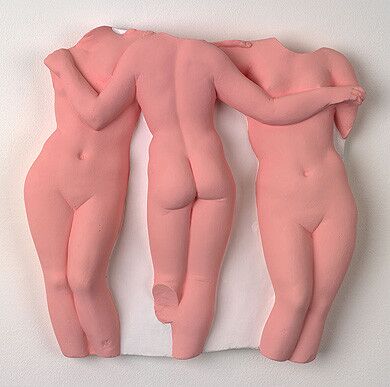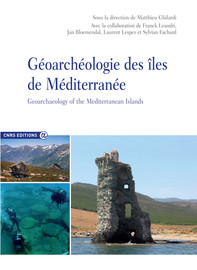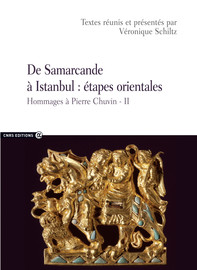Catalogus Translationum et Commentariorum
Founded in 1945, with its first volume published in 1960, the Catalogus Translationum et Commentariorum
has attracted the support and participation of an international team of
scholars interested in classical tradition during the Middle Ages and
Renaissance.
Each article treats a separate classical author, beginning with a
detailed essay on the author’s reception from antiquity to 1600. This Fortuna
is followed by a comprehensive list both of printed and manuscript
commentaries in Latin on the author and, in the case of Greek authors, a
list of Latin translations as well.
This site provides Open Access to previously published volumes of the Catalogus Translationum et Commentariorum; beginning with Volume X, printed volumes of the CTC will be published by the Pontifical Institute of Mediaeval Studies.
VOLUME XI
TABLE OF CONTENTS
Preface, by Greti Dinkova-Bruun vii pdf
Preface to Volume I, by Paul Oskar Kristeller xvii pdf
General Bibliography xxv pdf
GREEK AUTHORS
Polybius, by Jeroen De Keyser (University of Leuven) 1
Diodorus Siculus, by John Monfasani (University at Albany – SUNY) 61
Zosimus Historicus, by Francesca Niutta (Rome, Italy) 153
Procopius Caesariensis, by Réka Forrai (Centre for Medieval Literature, University of Southern Denmark) 211
LATIN AUTHORS
Dares Phrygius, by Frederic Clark (New York University) 237
ADDENDA ET CORRIGENDA
Valerius Maximus, by Marijke Crab (University of Leuven) 307
Petronius Arbiter, by Bratislav Lučin (Marulianum, Split, Croatia) 337
Martialis, by Marianne Pade (Danish Academy at Rome, Århus University) 371
Martianus Capella, by Sinéad O'Sullivan (Queen's University, Belfast) 383
Index of Ancient and Medieval Authors and Works 401 pdf
Index of Manuscripts 405 pdf
Index of Translators and Commentators 410 pdf
Index of Ancient Authors Treated in Volumes I–XI 415 pdf














